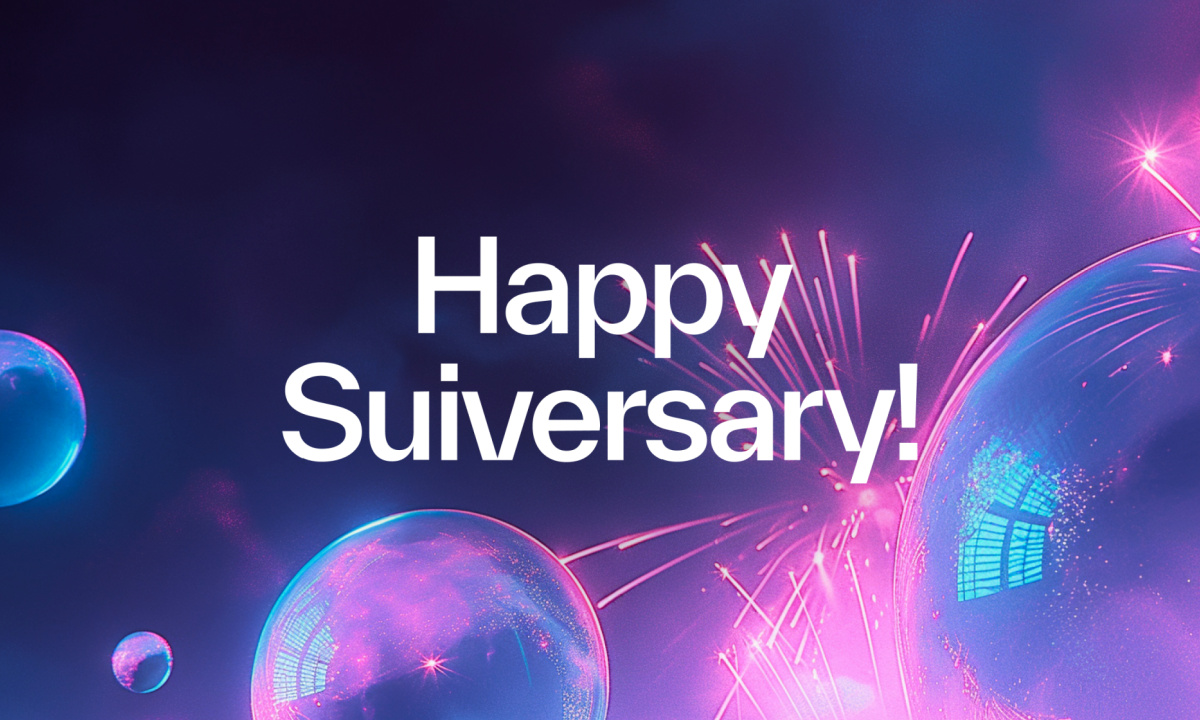Blockchain is a network that supports various types of application development such as DeFi. During the Blockchain 1.0 era, blockchain applications began to grow rapidly thanks to Bitcoin. Although it only supports transfers between cryptocurrencies at this stage, a single application scenario (how a user interacts with a system is planned using a real-world example) like Das would be less common. The smart contract was born.
The combination of smart contract and blockchain has expanded the application scenario of the blockchain and has entered the blockchain 2.0 phase with Ethereum. Most DeFi projects (with a small number compared to today) are basically only developed on Ethereum due to the user-friendly development experience and the mature network environment. Hence, Ethereum led this blockchain industry.
As 2021 approaches, many Ethereum competitors have popped up:
- With the explosion of DeFi development since June 2020, more and more transaction activities are taking place on Ethereum.
- The Ethereum congestion problem has emerged and is getting worse. The dramatic rise in gas charges has led many developers and investors to look for alternatives that are more efficient and cheaper for users.
- Other functions that Ethereum lacks must be supplemented by an internal update or another blockchain.
Current status of the blockchains
In 2021, the DeFi market continues to grow, as does the rapid growth of NFT and Gamefi, fueling the explosion of the entire blockchain ecosystem. When it comes to the Total Value Locked (TVL) of blockchains, Ethereum’s market share has dropped 9% from 73% to 64% in 6 months, which shows that other blockchains are growing rapidly and continuously taking over Ethereum’s market share.
TVL market share of blockchains as of June 30, 2021
TVL market share of blockchains as of November 23, 2021
How to evaluate a new blockchain
In contrast to on-chain projects, a blockchain network is an infrastructure that focuses more on building the ecosystem. Once the ecosystem is formed the Matthew effect occurs (the rich get richer) and eventually the main block chain will take 80% of the market share.
Ether price shows a boom in Ethereum, increasing from USD 10 (December 2016) to USD 4,000 (November 2021). When a new blockchain shows up, how can we tell if it has strong growth potential?
In this article we evaluate the value of the blockchain mainly from the following 5 aspects.
Efficiency
Transaction processing efficiency is an important metric to measure the performance of a blockchain. TPS (transactions per second) refers to the number of transactions the network can process per second. The higher the TPS, the higher the efficiency.
TPS comparison among the top 5 blockchains
Most of the new blockchains claim to have a high TPS. While there is the “impossible triangle” in the DeFi world: high performance, security and decentralization. For example, Solana mainly improves the transfer rate (performance), but when there are peaks the network becomes unstable.
In September, the Solana network was down for a while. You have to find a better solution.
Token price
The token price reflects how the blockchain is rated by users and also has an impact on the user’s transaction costs.
Token price of a new blockchain
The price of SOL, Solana’s token, rose from $ 1.8 to an all-time high (ATH) of $ 259, a 143-fold increase. Avalanche’s AVAX also rose from $ 2 to $ 135, a 66-fold increase. Both point to high market expectations.
Blockchain ecosystem
Building a DeFi ecosystem has never been easy. To measure the value of a blockchain, the integrity of its ecosystem in terms of both quantity and sector is critical.
Number of projects
Although many projects have been implemented, the number of projects put online is really not that great. According to Footprint Analytics, only 5 of the top 10 blockchains have more than 50 projects active in the chain.
Blockchains with fewer than 10 projects need to be tested further. Example: Elrond, the latest popular blockchain with TVL spike this month, only has 1 DeFi project, the stability of this project is uncertain.
Total number of DeFi projects in the top 10 of the blockchain
Project areas
The diversity of the blockchain ecosystem is good for its balance and stability, in which decentralized exchanges (DEXs) play an important role. Blockchains with limited on-chain project areas lack adequate infrastructure, which leads to an insecure ecosystem.
Number of DeFi projects by sector in the top 10 of the blockchain
DeFi project activity, developer activity and project start speed indicate whether the blockchain can get developers to start projects on it.
Cross chain tools
Check out the current number of cross-chain bridges between Ethereum and blockchains.
Number of cross chains between Ethereum and yourself
Building a blockchain ecosystem and cross-chain bridge is extremely important as it allows money to flow across the chains and users can easily transfer assets, which is great for increasing the number of on-chain transactions. .
For blockchain projects with few or no cross-chain bridges, we need to consider how it interacts with other large blockchains.
Long term plan to build the ecosystem and incentives
The most important thing about the blockchain is building an ecosystem that needs a friendly development environment, better performance and user experience.
Good compatibility offers a convenient way of deploying projects directly to other new blockchains. A blockchain that supports emerging project types such as NFT and GameFi is also mostly welcomed. For example, the NFT projects on Solana are quite active and the transaction value has so far exceeded $ 700 million.
This year, many blockchains have set up their own development funds to help develop the future ecosystem:
- Polygon launched a $ 100 million DeFi fund in April.
- Terra announced the launch of a $ 150 million ecosystem fund in July.
- The Avalanche Foundation announced a $ 180 million liquidity incentive program in August.
- Fantom awarded a total of 370 million FTM to projects with TVL over $ 5 million in August.
- Celo announced its $ 100 million DeFi for Everyone program with Aave and Curve and others in August.
- Harmony announced that it will allocate more than $ 300 million over the next four years to support green building in September.
- Proximity Labs, a research and development organization investing in the NEAR ecosystem, has announced that it will deploy 40 million NEAR tokens in support of the DeFi ecosystem worth more than $ 300 million over the next 4 years in October.
These blockchain incentive programs are launched to promote the ecosystem. In addition to increasing TVL and token prices, incentive programs will also encourage more developers to start on-chain projects.
Conclude
In general, a valuable blockchain must have several advantages, such as:
- Environmentally friendly: Compared to the traffic jams and high gas fees on Ethereum, the new blockchains are much faster and cost less.
- Implement cross-chain bridges: The growing demand for cross-chain bridges makes this essential.
- Strong Compatibility: Allows projects to be quickly deployed and migrated to new blockchains.
- Explore new areas: The ecosystem attracts developers to launch trending projects like NFT, GameFi, etc.
- Incentive programs: Similar to Avalanche, Polygon has started a Defi-Fonds program to give developers incentives.
The above five aspects reflect the growing strength of the blockchain.
Currently, Ethereum is still the first choice of most DeFi projects due to its liquidity and high trading volume.
Ethereum won’t be the only option, however. It has to compete with other blockchains in terms of performance, development ecosystem, and innovation. The blockchain industry will be a multi-chain environment.
Join Bitcoin Magazine Telegram to keep track of news and comment on this article: https://t.me/coincunews
Follow the Youtube Channel | Subscribe to telegram channel | Follow Facebook page


























